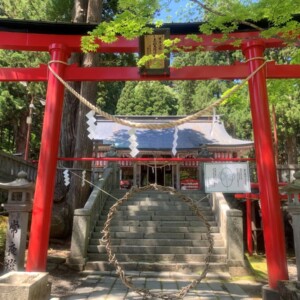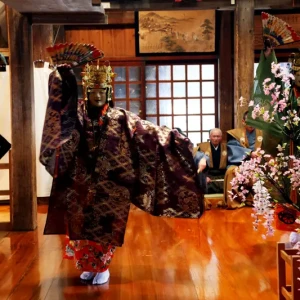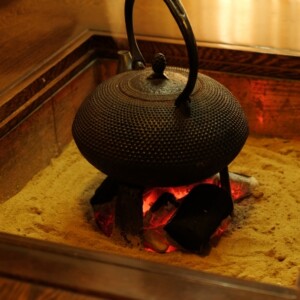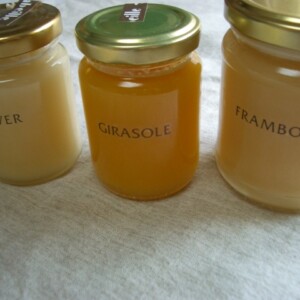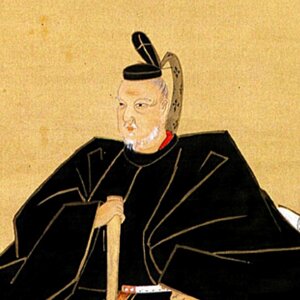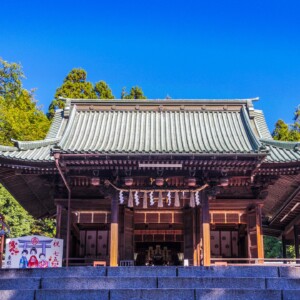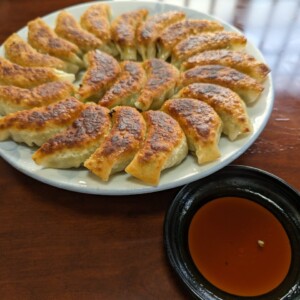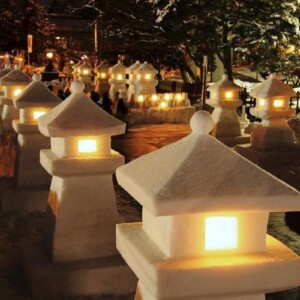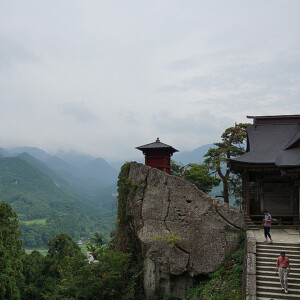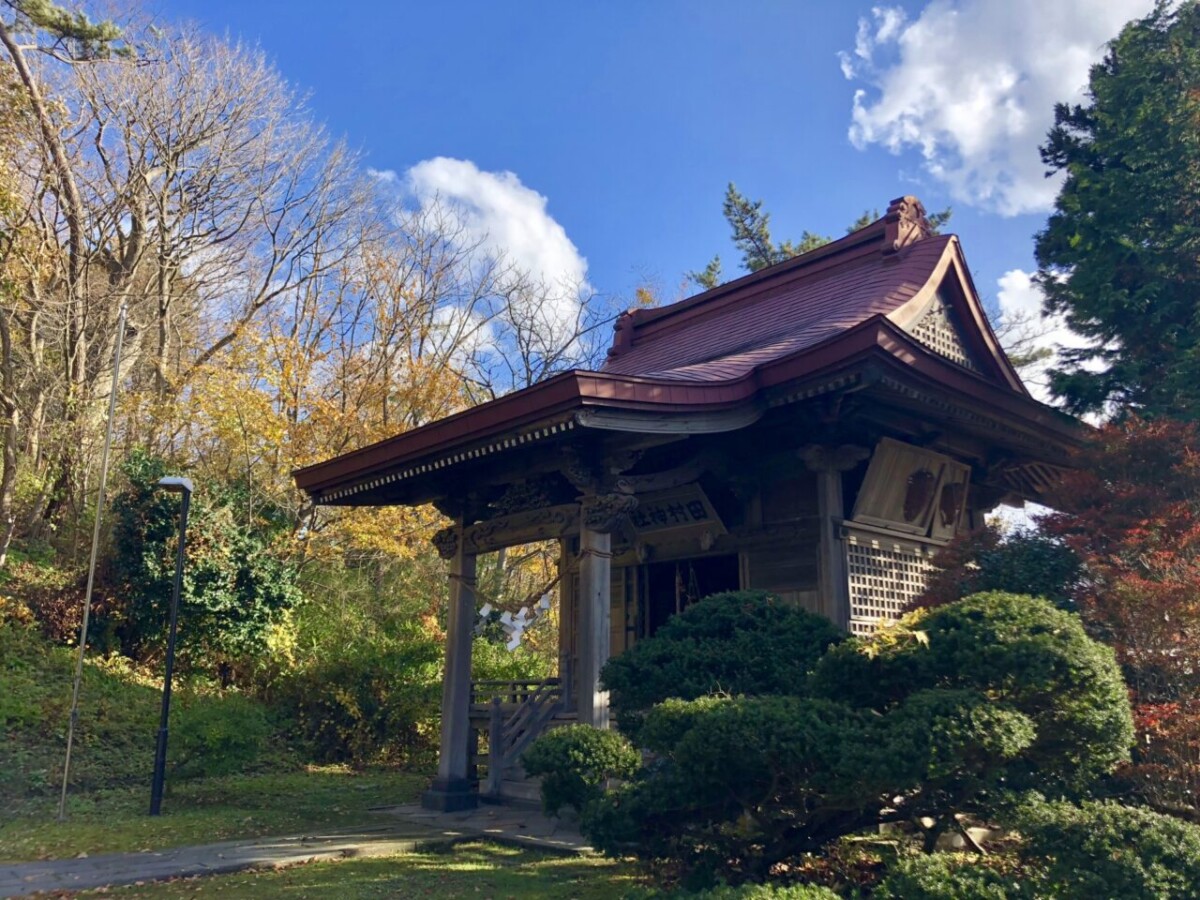
[Daisen City, Akita Prefecture] What is Koshio Shrine? Introducing in detail the important cultural properties secretly located in Daisen City, Akita Prefecture.
table of contents
Koshio Shrine is one of the nationally designated important tangible cultural properties located in Daisen City, Akita Prefecture, but in January 2021, it made the news when the torii gate broke at its base and collapsed due to strong winds.
In this article, we will provide a detailed explanation of Koshio Shrine, which was recently rebuilt with reinforced foundations and completed on July 27, 2021.
What is Koshio Shrine
It is said that Koshio Shrine was built in 1570 at the end of the Muromachi period by Togashizaemon Taro Katsuie, the lord of Kujaku Castle, who commissioned the master craftsman Jinbei of Hida City, Gifu Prefecture, to build it.
Kushio Shrine was built in the following structural form, with a beam length of 2.545m and a beam length of 2.545m.
|
Structure type name |
Content |
|
Ikkenshairimoya-zukuri |
The gabled structure (two roofs are arranged in a chevron shape with a large ridge running through the top) has eaves on all sides, and there is one pillar space in front of the main building. |
|
Tsumairi |
Of the four sides of the building, the side that is perpendicular to the main ridge is called the gable, and the entrance is located on the gable. |
|
Kohai Hitoma |
A space for worshipers to worship in the open-air part that protrudes in the middle of the front of the shrine building. |
|
Karahafu-zukuri |
A type of roof with a gable (the gable side of a gable roof) where the center part rises and both ends are reversed and become almost horizontal. |
|
Shingled roof |
This is a method of roofing by stacking hand-split cedar or Spanish mackerel boards about 3 to 6 mm thick, shifted vertically at intervals of about 3 cm (fuki-ashi), and hammering bamboo nails into the roof, also known as kiba-buki. |
It is an eclectic building that uses cedar, pine, cypress, chestnut, etc. in various styles such as Japanese style, Zen Buddhism style (Cang style), and Daibutsu style (Tenjiku style). It has designs that are not often seen at other shrines, such as the wisteria arabesque pattern on the sides of the shrine, the sashimi that signifies a barrier on all sides, including the gate, and the large toad mat and imitation jewels. can be said to be characteristic.
Although it has such delicate and graceful carvings, it also has a luxurious appearance due to the use of rough-hewn, thick timber bases.
If you're going to a shrine, it's recommended for people who want to not only pray, but also enjoy touring the architecture.
About events at Kushio Shrine
The Akita Prefectural Shrine Agency website lists the annual festival on September 7th, but the following events are also held.
|
Type of event |
date and time |
Content |
|
door open |
May 8th |
― |
|
annual festival |
September 7th |
・Kagura, lion dance, sword dance, Brahma dedication ・Main shrine opening and illumination |
|
new year events |
December 31st - January 1st |
- |
|
Old Shio Shrine Cultural Property Fire Prevention Day/Koshio Hall Fire Extinguisher Mochi Festival | Dates close to January 26th, Cultural Properties Fire Prevention Day |
・Disaster prevention drill with the participation of children from Higashi Omagari Elementary School ・rice planting in the snow, tenpiyaki, mochi pounding |
|
door closed |
December 8th |
― |
Currently, Higashi Omagari Elementary School, which was renamed from Daini Elementary School in 1991, is participating in the Koshio Shrine Cultural Property Fire Prevention Day and Koshiodo Fire Extinguisher Mochi Festival, but since the days of Daini Elementary School, they have been observing firefighting drills. It seems that after the mochi pounding event, the children looked forward to receiving the mochi they had made and going home.
The legend of Kushio Shrine
Higashi Omagari Elementary School, which has a deep connection with Kushio Shrine through its participation in events, has two legends related to Koshio Shrine posted on its website.
The first legend is as follows.
A long time ago, a noble-looking old man with a shining white beard was taking a break on a large stone on the roadside in the village surrounding Kushio Shrine.
It was later discovered that the white-haired old man was Ohiko no Mikoto, and the villagers were so afraid that they built a shrine to enshrine him, and this was the beginning of Koshio Shrine.
The second legend is written in an ancient document called Koshiodo Engi.
In 782, an old man came from the east and smashed a mysterious, shining stone measuring 30cm square, and a lapis lazuli medicine jar came out from within.
It is said that this was the manifestation of the great authority of the Old Four Kings, and that the construction of a grass hall and enshrinement was the beginning of the Old Four Kings Shrine.
Reference: Higashi Omagari Elementary School official website “Legend of Koshio Shrine”
summary
Kushio Shrine was built in 1570 at the end of the Muromachi period by the lord of Kujaku Castle, Togashizaemon Taro Katsuie, who had the master craftsman Jinbei of Hida City, Gifu Prefecture build it. It turns out that the shrine is of great value as a building.
If you want to experience the traditional atmosphere, please visit this shrine.
Old Shio Shrine <Information>
- Name: Old Shio Shrine main hall (nationally designated important cultural property)
- Address: 30-30 Omagari Koshiogiwa, Daisen City, Akita Prefecture 014-0031
- Phone number: 0187-62-2016
- Reference URL: Daisen City Official Homepage “Nationally Designated Important Tangible Cultural Property (Building) Old Shio Shrine Main Hall”


![[Daisen City, Akita Prefecture] Omagari fireworks are one of Japan's three major fireworks festivals! Enjoy the works of fireworks with the prestige of a fireworks master National Fireworks Competition (Omagari Fireworks)](https://jp.neft.asia/wp-content/uploads/2017/08/2744443_m-150x150.jpg)
![Three popular senbera bars in the Kawabata area, a long-established downtown area in Akita City! [Akita Prefecture] Akita Senbero](https://jp.neft.asia/wp-content/uploads/2023/10/adbcc16ef5df334812bb08e16fb6d93f-150x150.jpg)
!["Karamatsu no Karamatsu" is the god who protects women's lives, including matchmaking, childbirth, and safe childbirth [Daisen City, Akita Prefecture] IMG_6318jp](https://jp.neft.asia/wp-content/uploads/2024/03/IMG_6318jp-150x150.jpg)
